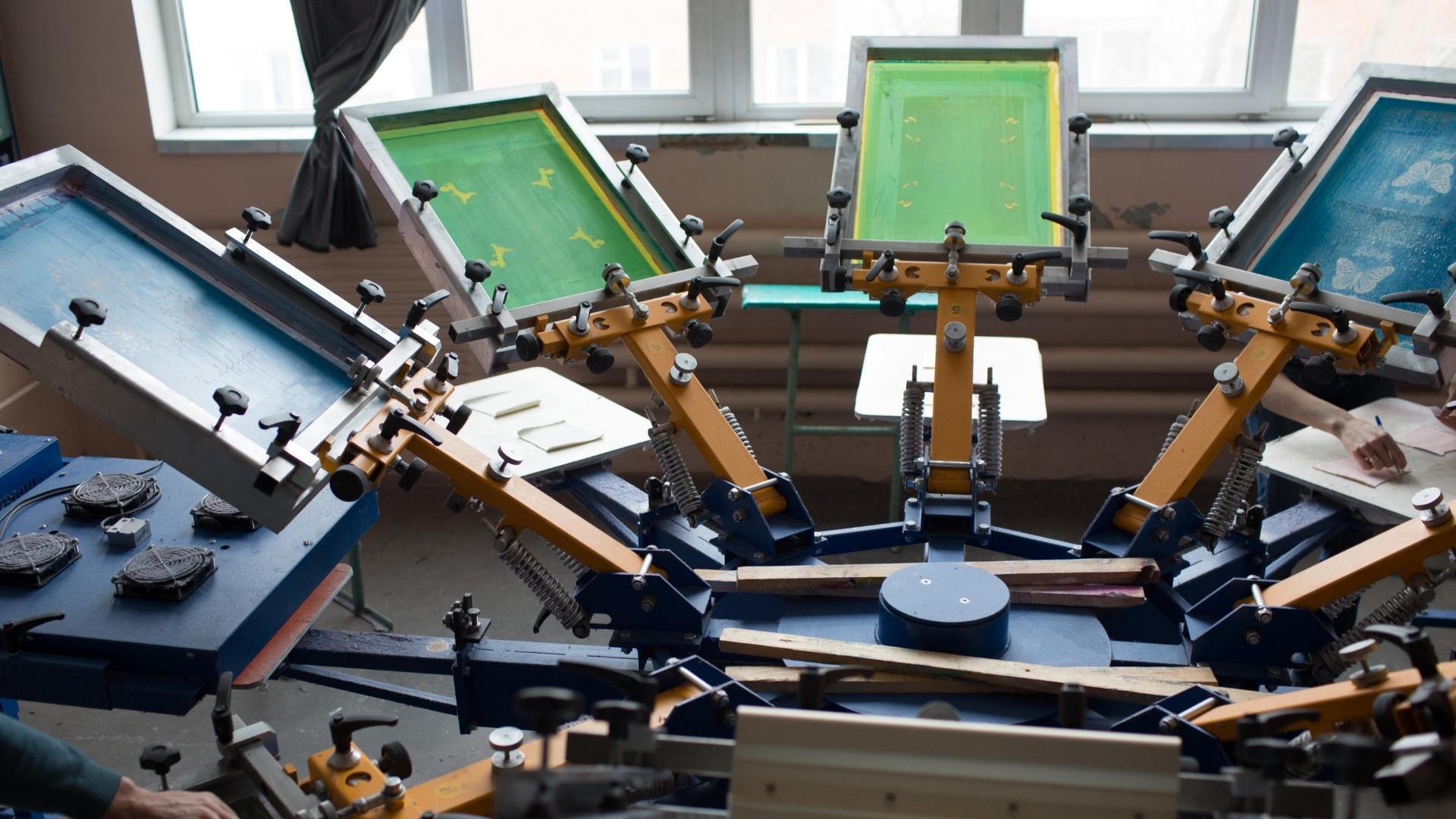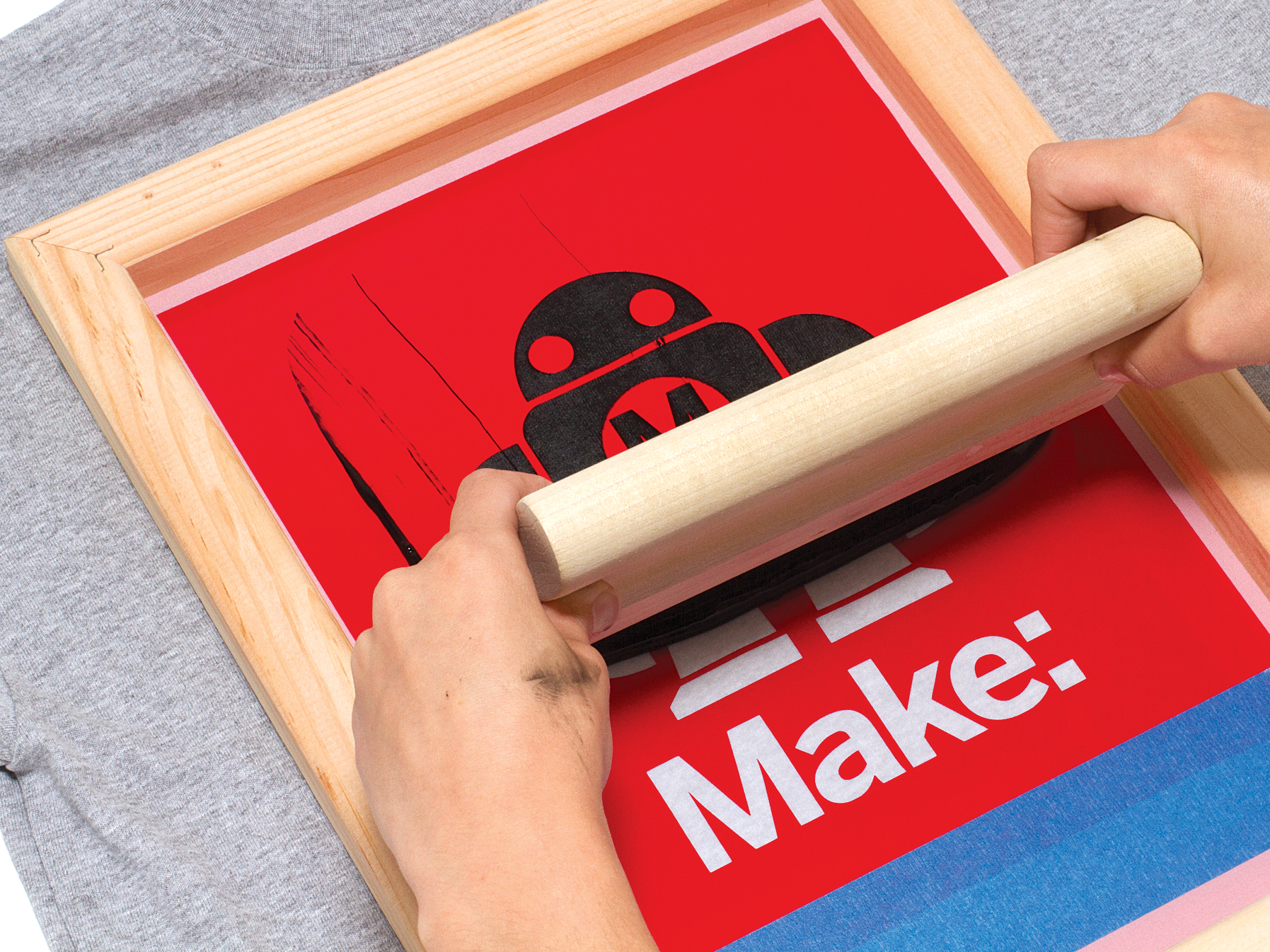ChatGPT said: 10:9 Design reviews: uncovering the strengths and weaknesses
Wiki Article
The Necessary Guide to Recognizing Screen Printing and Its Versatile Utilizes
Screen printing has a rich background that goes back to ancient times, advancing right into an advanced method utilized across numerous sectors today. This overview discovers the ins and outs of the screen printing procedure, detailing its applications in home, fashion, and advertising design - 10:9 Design near me. Understanding these fundamentals can open up innovative possibility for both business and creative jobs. The adhering to areas will reveal essential suggestions and techniques to enhance one's screen printing venturesThe History of Screen Printing
Screen printing has origins that trace back centuries, its advancement shows the imaginative and technological developments of various societies. Originating in ancient China, the technique was initially made use of for enhancing textiles and later infect Japan, where it ended up being essential to Ukiyo-e woodblock printing. The approach shifted to Europe in the 18th century, where it got popularity among craftsmens and commercial printers. The development of picture solution in the 20th century transformed screen printing, permitting more detailed designs and better efficiency. Artists like Andy Warhol better propelled its popularity, making use of the tool to develop famous works that blended commercialism and great art. By the late 20th century, screen printing had actually established itself as a flexible technique, used in fashion, advertising and marketing, and art. Today, it remains to advance, integrating digital innovation and broadening its applications throughout different sectors.The Screen Printing Refine Explained
Screen printing changes imaginative visions right into substantial layouts via a series of exact actions. At first, an image is produced and afterwards moved onto a screen, usually made from fine mesh textile stretched over a frame. A light-sensitive emulsion is used to the screen, which is subjected to light, solidifying in areas not covered by the image. After cleaning out the unhardened emulsion, a stencil is created.Next off, the screen is positioned over the substratum, whether it be fabric, paper, or an additional product. Ink is then pushed through the open locations of the stencil making use of a squeegee, depositing the style onto the substratum listed below. This procedure can be duplicated for several colors, needing separate screens for each color. Ultimately, the published product is healed making use of warm to assure the ink adheres appropriately, resulting in a resilient, dynamic design on-line.
Kinds Of Screen Printing Techniques

Furthermore, specialty methods, such as discharge screen printing, remove dye from the textile to create softer prints, while aluminum foil screen printing applies metal aluminum foil to attain a glossy surface (10:9 Design Texas). Each strategy provides unique characteristics, catering to various innovative requirements and manufacturing scales, inevitably increasing the possibilities within the screen printing domain name
Applications of Screen Printing in Numerous Industries

Furthermore, the signage and advertising and marketing markets use screen printing for producing captivating displays and banners. This method permits bold shades and intricate layouts that capture attention. In electronic devices, screen printing is utilized for applying conductive inks to motherboard, important for component links. Additionally, the home design sector embraces screen printing to create distinctive styles on textiles and wall art. On the whole, screen printing works as a vital device across varied fields, enhancing items with individualized and visually enticing graphics.
Tips for Successful Screen Printing Projects
While undertaking a screen printing task, careful focus to detail can significantly boost the final result. Picking premium products is important; this includes the screen, inks, and substrates. Utilizing ideal mesh matters can impact ink deposition and detail resolution. Prep work is just as vital; comprehensive cleansing of screens and proper exposure times ensure crisp prints.Next, precise registration is vital for multi-color prints. Making use of positioning tools can assist 10:9 Design contact accomplish accurate layering. Additionally, testing prints on scrap products prior to production aids determine possible issues without wasting resources.

Often Asked Concerns
What Materials Are Finest for Screen Printing on Textile?
Cotton and polyester blends are ideal for screen printing on textile because of their longevity and ink absorption. Furthermore, specialty fabrics like silk or canvas can generate special appearances and surfaces, improving the overall layout quality.Just how Do I Tidy and Maintain Screen Printing Devices?
To maintain and cleanse screen printing tools, one must consistently wash screens with ideal solvents, inspect mops for wear, lubricate moving components, and store all things in a completely dry, dust-free atmosphere to prolong their life-span.What Are the Ecological Effects of Screen Printing?
Screen printing can have substantial environmental effects, consisting of chemical waste from inks and solvents, water usage during cleaning procedures, and power usage. Lasting methods and environment-friendly materials are necessary for decreasing these negative effects.Can Screen Printing Be Done at Home Properly?
Screen printing can be effectively done at home with the right products and methods. Hobbyists can develop high quality prints, though success relies on their skill degree, equipment, and understanding of the process included.
What Are the Expenses Related To Starting a Screen Printing Company?

Beginning a screen printing organization involves prices for devices, products, and work space. First expenses usually range from a few hundred to several thousand bucks, relying on the scale, high quality of machinery, and wanted manufacturing capacity.
Screen printing has an abundant background that dates back to old times, progressing into a sophisticated method utilized throughout numerous sectors today. Another technique, rotating screen printing, uses cylindrical screens, promoting continuous printing on textile rolls, thereby enhancing efficiency for massive manufacturings. Additionally, specialized methods, such as discharge screen printing, get rid of dye from the material to develop softer prints, while aluminum foil screen printing uses metal aluminum foil to attain a shiny finish. In the style market, screen printing is commonly utilized to develop vibrant styles on clothing, making it possible for brands to showcase their distinct designs. Cotton and polyester blends are suitable for screen printing on textile due to their durability and ink absorption.
Report this wiki page